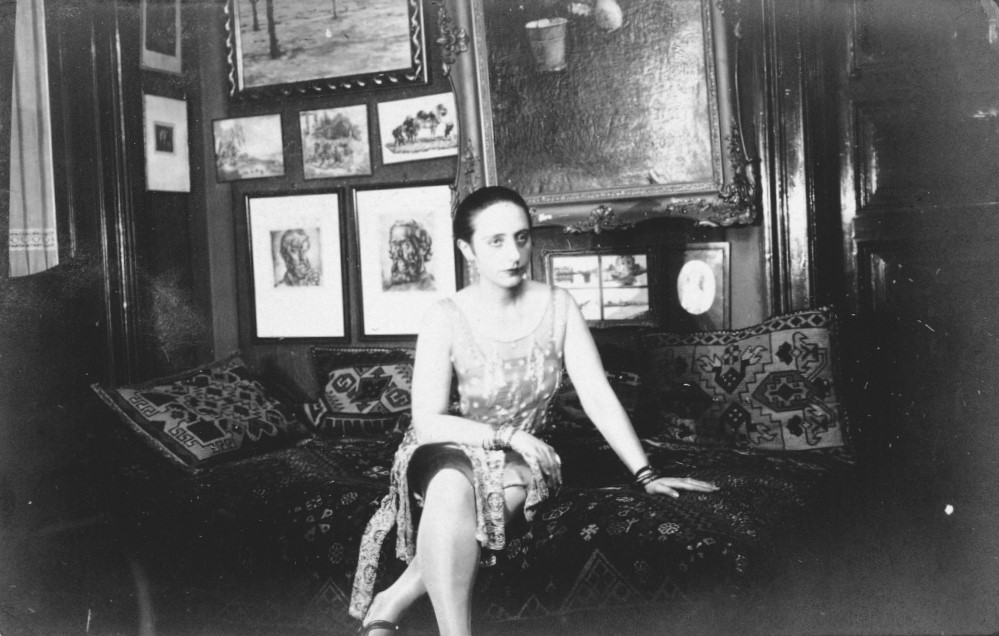Vladimir NAÏDITCH
Январь 3, 2019David OLÈRE
Январь 3, 2019Макса НОРДАУ
ПАРИЖ 1897–1991
Макса Нордау выросла в парижской буржуазной семье. Её отец Макс Нордау, немецкого происхожде- ния, был врачом. Он был одним из теоретиков и сорат- ников Теодора Герцля и внёс немалый вклад в создание государства Израиль. Макса Нордау училась у Лопеса Мескиты и Жюля Адлера, открывших ей искусство масляной живописи, рисунка и акварели. Во время Первой мировой войны она жила в Испании с отцом. Выставляла свои работы на официальных салонах, участвовала в Колониальной выставке в Страсбурге в 1924 году и в Париже в 1931. Приняла участие в декоративном оформлении павиль- она Палестины на парижской Всемирной выставке в 1937 году.
В 1939 году Макса Нордау приняла участие в выставке французского искусства в Англии. Во время Второй мировой войны она укрылась в США, где пока- зывала свои работы на многих выставках в Нью-Йорке и преподавала живопись в New York City College. Вернувшись в Париж в 1946 году, она продолжала заниматься живописью и выставлять свои работы в частных галереях. Она много путешествовала: посети- ла Палестину, Египет, Сирию, Марокко, Турцию и Грецию. Макса Нордау написала немало портретов и иллюстрировала различные произведения, среди кото- рых «Сказки для Максы» (издательство Presse du Temps Présent) Макса Нордау и «Ветер в волосах» Пьера Креанжа. Израиль занимал в её жизни важное место.
Stories of Jewish Artists of the School of Paris 1905-1939
FRENCH-ENGLISH
Capitale des arts, le Paris des années 1905-1939 attire les artistes du monde entier. De cette période de foisonnement, un terme est resté, celui d'Ecole de Paris, qui recouvre une grande diversité d'expression artistique. Dans ce brassage dont Montparnasse est le creuset, un groupe se distingue : celui des artistes juifs venus de Russie, de Pologne et d'Europe centrale. Si leurs styles sont variés, un destin commun les rassemble : ils fuient l'antisémitisme de leur pays d'origine. Certains ont connu la célébrité dès les années 1920, tels Soutine, Lipchitz ou Chagall. D'autres n'ont pas eu le temps ou la chance d'y accéder. Près de la moitié a péri dans les camps de concentration nazis.
From 1905 to 1939, Paris attracted artists from all over the globe as the capital of the art world. This period of artistic proliferation became known as the School of Paris, and includes a great diversity of artistic expression. Within the teeming art world centred on Montparnasse, one group set itself apart: Jewish artists from Russia, Poland, and Central Europe. Although their styles were diverse, they shared the common fate of fleeing anti-Semitic persecutions in their home countries. Some became famous in the 1920s, such as Soutine, Lipchitz, and Chagall, while others did not have the time or the luck to gain renown. Nearly half of these artists died in Nazi concentration camps.





